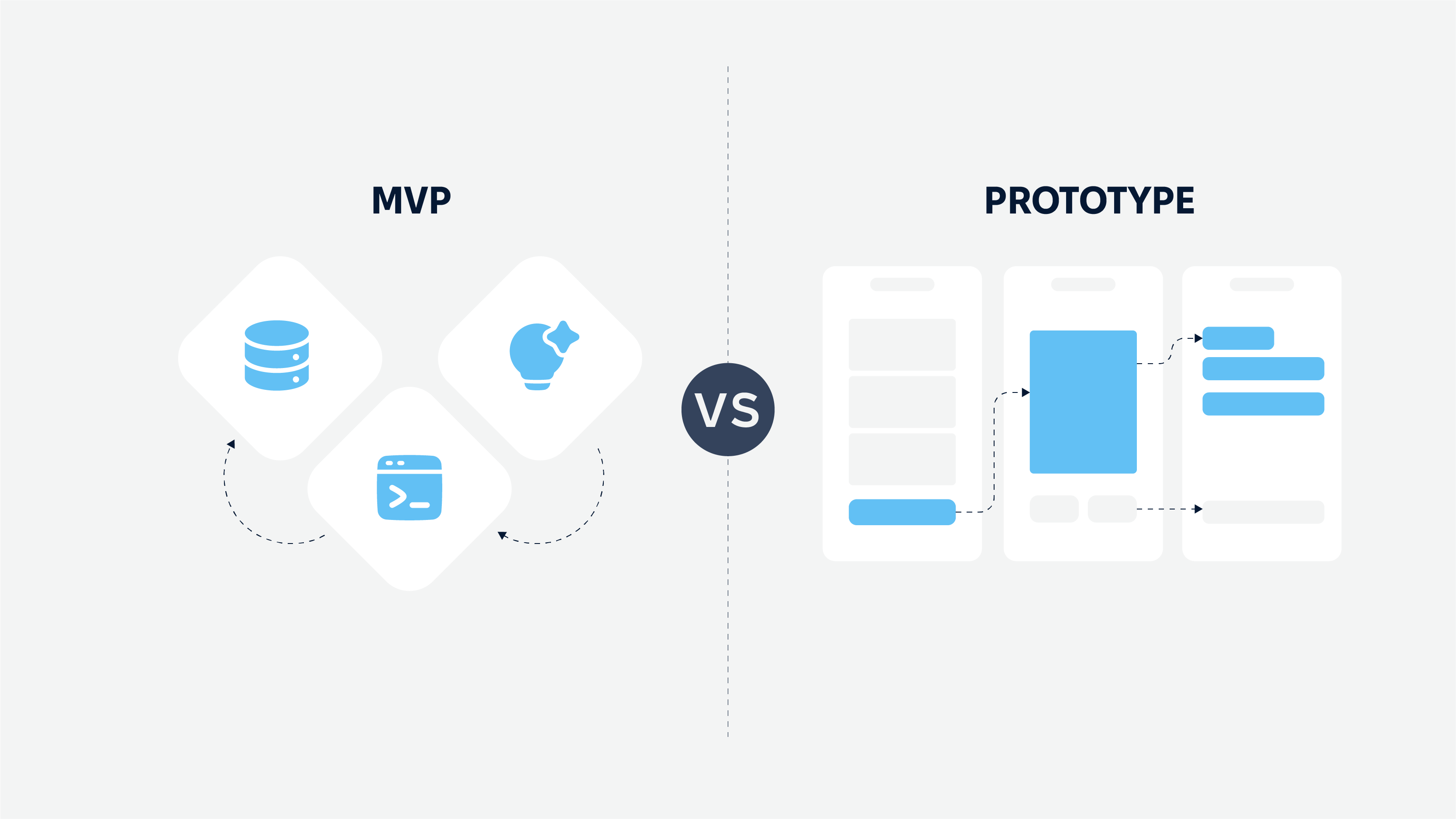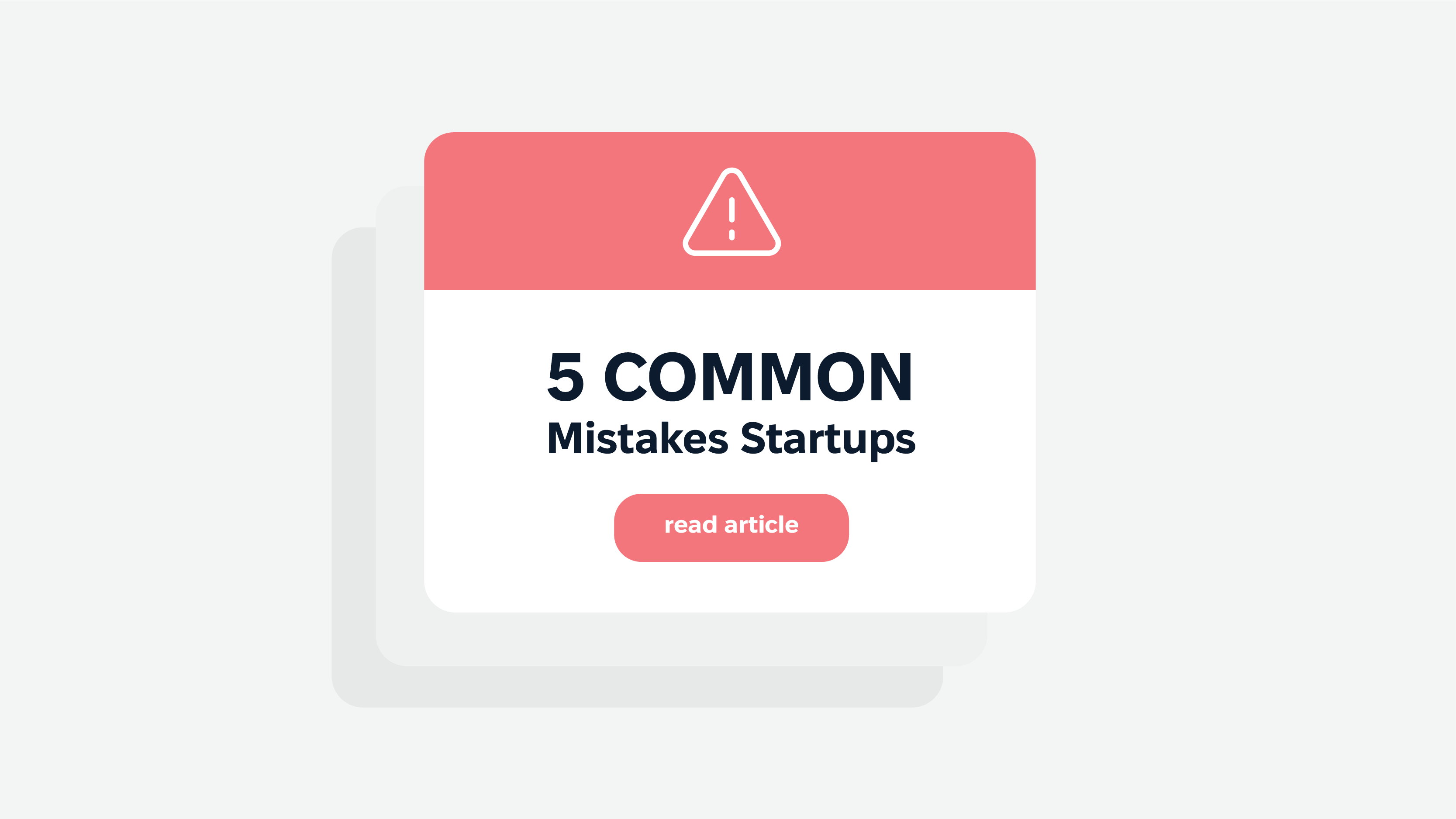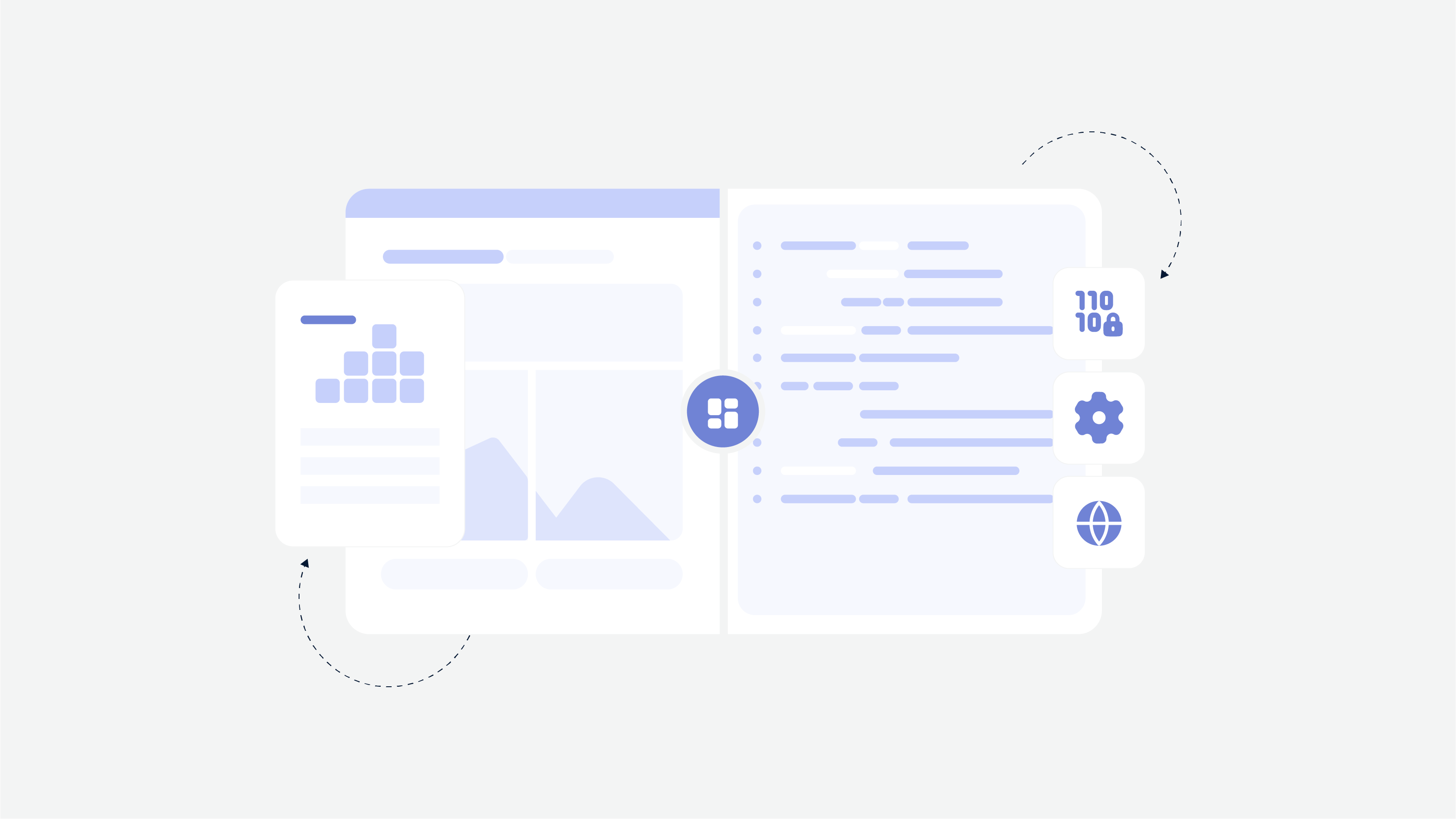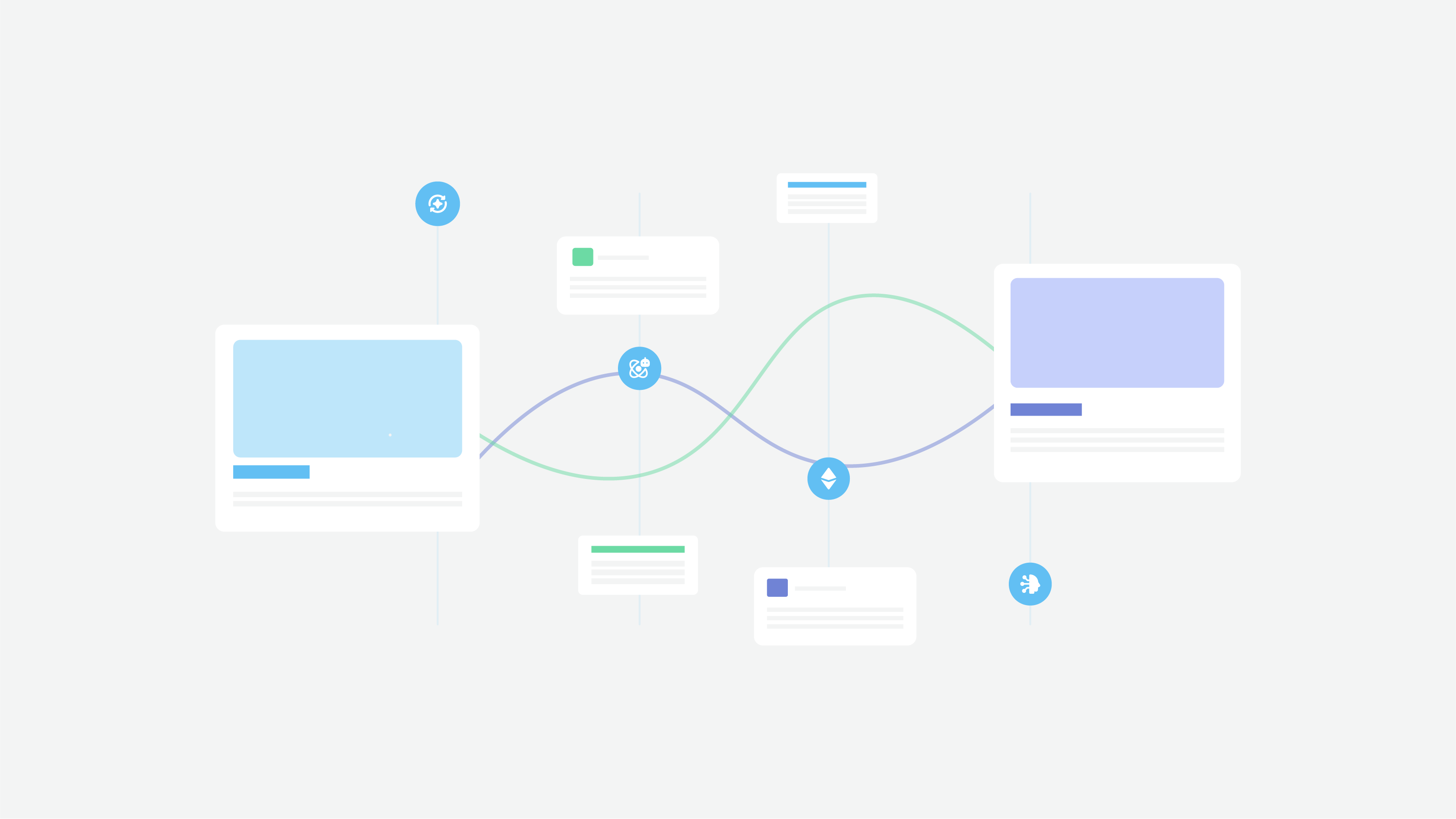Moreover, your brand recognition and the expansion of a loyal customer base will take even more time to build. That’s why white label services appeared.
Western Union, DriveTime, High Jump Supply Chain Co, Santander Group, LevelUp, Stream LXP, and Amazon use white-labeling in their regular practice for different purposes.
Let’s have a look at the main points of white-label development services and consider all the pros and cons.
General Information About White-Label App Development
White label app development is an effective solution to consider. What are white-label web development and design? These are ready-made licensed software products created by one company and rebranded by another. The latter will present the software as their own to the buyers.
For example, Company A, the digital agency service provider, sells its digital services to Company B to resell. Company B rebrands the services by adding their logo and sells it to Company C — the end consumer. Then the team from Company A carries out the digital services of Company C under Company B’s brand.
Hence, white-labeling is the best way to provide a software solution without building it from scratch. It saves money and time.
What Are White-Label Apps?
White-label apps are applications built by a development company and rebranded or resold by other businesses. Common use cases of white label apps are the following:
Freelancers working in IT development offer their services to entrepreneurs or businesses. For example, a freelancer builds an app for a client who would later resell it to a business or a business owner. The latter may integrate a specific app to their business without paying any monthly/royalty fees to the freelancer.
App Development Teams provide entrepreneurs & businesses with white-label app solutions. The difference from freelancers is the ability to sign an NDA and provide the client with a legally binding contract. Besides, white-label design agencies or development teams may have extensive portfolios and testimonials from small startups to big corporations.
White label apps built by a reputed app development team may be higher priced than the freelancer. However, the entire project development process would be better managed and conducted by a skilled team with further technical support after the app launch.
How to Create a White-Label App?
There are 2 ways to create a white label app:
Create a multi-tenant app. It means that the application instance will be the same, but each of the tenants (resellers) will get an app with different features set. Such a model is commonly used for SaaS products (software as a service).
This article may be interesting for you: How to Build a SaaS Product
The other way is by reusing the backend code. However, it requires changing the frontend code of the app to gain a unique product appearance.
Pros and Cons of White-Label App Development
Having highlighted the general information about white-label app development, we’d like to share a checklist of pros and cons. It contains the key points to bear in mind when planning your next project.
Pros of White-Label App Development
Low initial investment.
The white-label application development doesn’t require much investment in the initial phase. And it is beneficial for many companies, especially startups whose budget does not allow committing to a more considerable investment.
Wide customization range.
With white-label apps, one can do plenty of customization to the app according to its image. This feature becomes handy when a client wants to sync a product or service with its website, social media platforms, etc.
Available maintenance after the release.
The white-label software companies assure to provide support and maintenance once the app is launched. This post-release maintenance is essential as it may require updating the code or an issue in the initial versions.
Cons of White-Label App Development
Lack of control over the code quality.
Due to the non-disclosure agreements, the resellers of white-label development do not control the quality of the code. So, the white label service provider informs you about the code quality, and the reseller has to trust them.
Rejection.
In the white-label app development, the rejection appears when the app’s submission is made in the App Store. This rejection is quite possible as the application guidelines have also been modified in app stores to avoid clone and spam apps.
White-label app development scalability.
The problem occurs because of the lack of updates on the applications. For example, if you want to develop a specific app from scratch, you need to be sure the app functionality is smooth and efficient. In the case of white-label apps, the client has to trust the white label app provider.
Read also an article about offshore software development services.
How to Choose a White-Label Partner?
The reputation is a drive-force for any business. That’s why you should know your prospective white-label partners inside-out because they will be representing you. Here are the 3 main elements of a trustworthy white-label partner (company):
It fits your business goals and vision.
Choosing a partner with similar goals and vision that provides a suitable product for your business is vital. A partner who’ll help you sell the products they’re supplying is a nice bonus.
It has a leading reputation.
It’s inefficient to partner with companies that have a low reputation and track record. You need a reputable partner with white-label experience and one that offers excellent service and support.
It is transparent.
Ask for a test drive of the product or service. Transparent white-label design agencies, for instance, will provide you with any necessary information such as offer proof of performance through detailed reporting without any doubts. Moreover, the contract terms will be clear.
White-label partner has a professional portfolio on the company’s websites, Behance and Dribbble.
Due to the terms of white-label services, companies aren’t allowed to present their white-label projects. However, despite the white-label project, experienced design companies have many other projects to show.
It is in top-lists of white-label companies or has testimonials on Clutch.
The NDA is transparent and clear.
This article may help you: How to Create an NDA for App Development (template included)
The partner (company) has specific security guarantees/parameters;
It offers you free migration from one provider to the next;
It has minimum hosting speed requirements.
The list isn’t exhaustive; it may differ depending on the type of product/services/apps for white-labeling.
Where to Find a White-Label Web Design Partner for App Development?
White-label app development is a good option for your business. If you are a part of the development team, it will be easy to come up with products and services for the clients in a short interval of time through white-labeling.
You can find white-label partners on various platforms, particularly on Dribbble and Behance. If you own a company with a great idea to implement, then white-label app development allows you to sell your apps to the smaller agencies and make revenue from it.
Reach us out to get some useful hints about white-label development and get a trustworthy partner.











